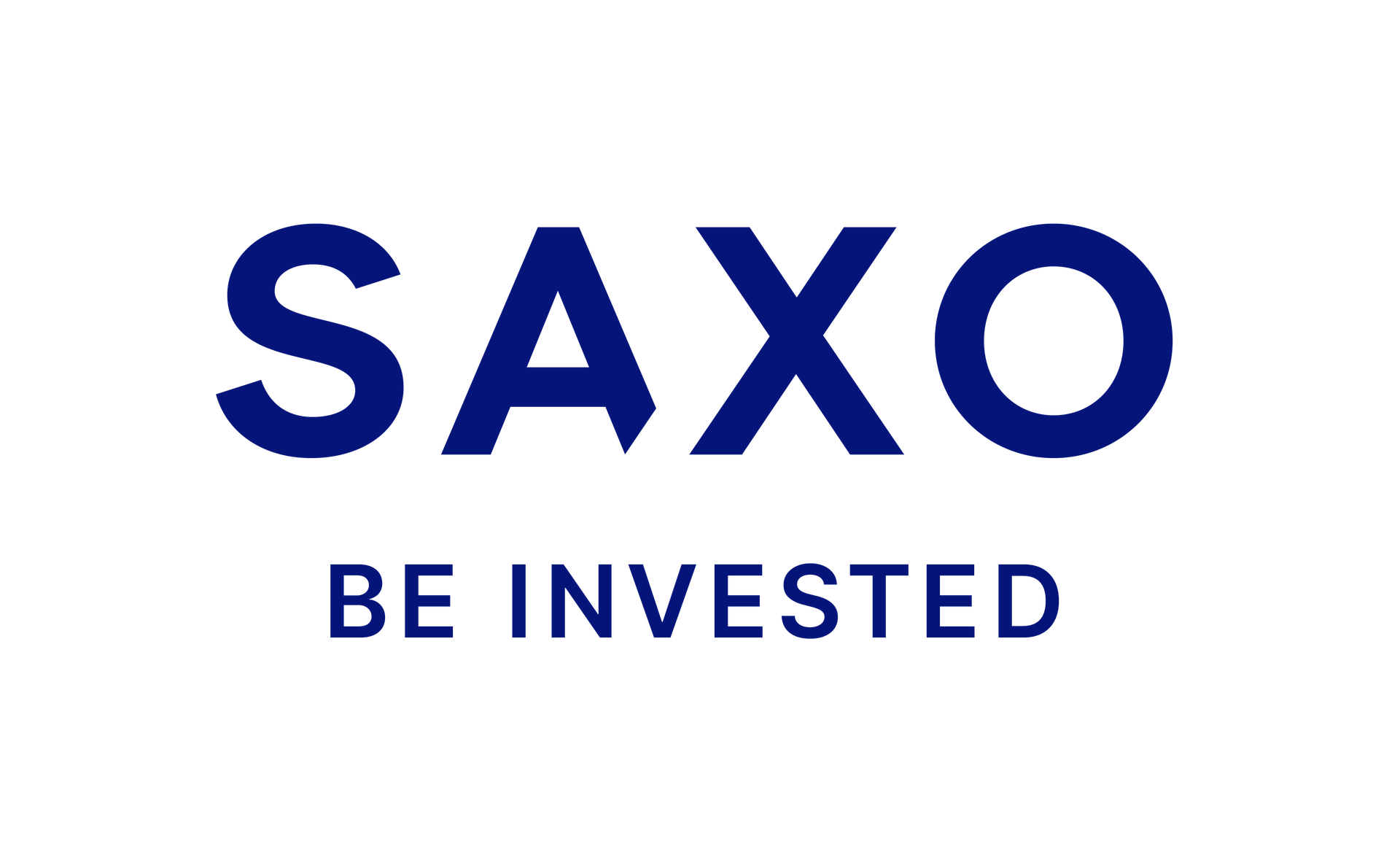HAMISH MCRAE: The Roaring Twenties may be disappearing for investors
It’s the Roaring Twenties, so far anyway. We’re almost halfway through the decade and it’s been an astonishing period for investors.
If anyone had known at the end of 2019 that the next five years would see the pandemic, an even deeper recession than 2009, double-digit inflation, the Russian invasion of Ukraine, the Gaza catastrophe and the prospect of a trade war from President Donald Trump – they would certainly have been quite bleak.
Still, there have been five years of strong stock markets, with the S&P 500 up 90 percent, a nominal 30 percent increase in US GDP, extraordinary technological breakthroughs and low unemployment in the developed world.
It’s true that asset prices in Britain and most of Europe have failed to match those in the US, with the FTSE 100 up just 12 percent, but our housing market has been solid: the average house in England has risen from £249,000 in January 2020 to £309,000 in September. So what’s going on? And more importantly: what are the prospects for the second half of the decade?
We’re too close to give a definitive explanation, but the broad strokes are clear. Governments stimulated their economies with budget deficits, and central banks enjoyed a decade of cheap money and quantitative easing.
So asset prices continued to rise, and even though inflation was spiraling out of control, all that money helped support economic growth – more so in the US, where technology was rushing ahead, but also to some extent in Britain and Europe .
Which way to go?: There have been five years of strong stock markets
The conflicts in Ukraine and the Middle East, although extremely terrible, are so far under control. As for global trade, companies have found ways to stay within bounds and it has not collapsed like it did in the 1930s, after the original Roaring Twenties.
But the measures taken to support the economy come with dangers: the legacy of huge public debts and still high deficits, the threat of a return of inflation, the damage to international trade, and so on. With asset prices high in almost all areas, it’s hard not to worry.
How worried? UBS has courageously looked ahead, not just to the year ahead, but to the next decade. The key longer-term themes are debt, deglobalisation, demography, decarbonisation and digitalisation.
On debt, she expects governments will “lean on central banks” to finance their deficits. They will keep interest rates low and force banks and pension funds to hold government bonds.
So they will try to blow away the real value of their debts. UBS suggests that investors should hold real assets, such as stocks, real estate, infrastructure and gold, to protect themselves.
Deglobalization means slower growth and more inflation, which is worrying. But there will be winners: companies involved in reshoring, defense, cybersecurity and automation.
On demography, the bank points to the contrast between the aging developed world and the youthful African and Indian subcontinent, and how countries handle migration will influence growth.
China’s rapidly declining population means the country will play a smaller role in the global economy over the next decade. UBS’s final two themes – decarbonization and digitalization – are clear. It suggests that the former will slow growth and increase inflation, while the latter will have the opposite effect.
The message of that is quite grim. A country that tries to reduce CO2 emissions too quickly will make its population poorer. It says: ‘It remains uncertain whether societies are willing to accept higher energy costs, especially if energy demand rises due to the increased use of artificial intelligence.’
In contrast, the AI revolution will be a double whammy as it increases growth and reduces costs. Since it seems likely that the US will remain the leader, that should certainly be a new plus for investment.
But there is still a big question. To what extent has the good news already been priced into the market, especially in high-tech America? I don’t see the second half of the 1920s roaring as loudly as the first half. Sorry, but caution is advised.
DIY INVESTMENT PLATFORMS

A. J. Bell

A. J. Bell
Easy investing and ready-made portfolios

Hargreaves Lansdown

Hargreaves Lansdown
Free fund trading and investment ideas

interactive investor

interactive investor
Invest for a fixed amount from € 4.99 per month

Sax

Sax
Get £200 back in trading fees

Trade 212

Trade 212
Free trading and no account fees
Affiliate links: If you purchase a product, This is Money may earn a commission. These deals have been chosen by our editors because we believe they are worth highlighting. This does not affect our editorial independence.
Some links in this article may be affiliate links. If you click on it, we may earn a small commission. That helps us fund This Is Money and keep it free to use. We do not write articles to promote products. We do not allow a commercial relationship to compromise our editorial independence.
